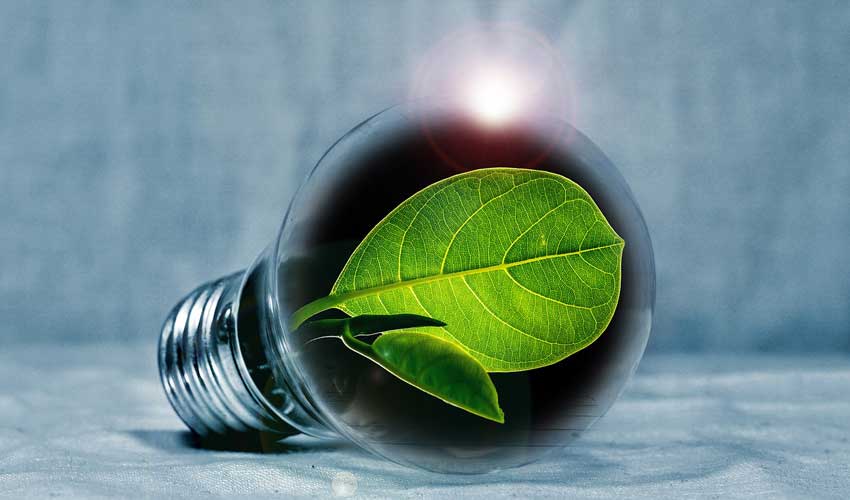Are CFL Light Bulbs Green or Hazardous?

Last week, at BookExpo America, I was discussing my book with a young woman and I mentioned that it concerned me how there is such hysteria and fanaticism surrounding anything touted as being green or environmentally friendly and often these things are not very “green” and maybe have negative environmental implications that are not readily appreciated. I pointed to compact fluorescent lightbulbs, known as CFL‘s, as an example. These spiral shaped fluorescent bulbs can be screwed into a standard socket and now even produce a decent color of white light. They consume much less electricity than traditional light bulbs and are being presented as a way to save energy and save the planet. They are even being mandated in some locales.
But the dirty little secret is that these bulbs contain mercury, a dangerous neurotoxin. I fear that soon our landfills will be receiving many, many of these and when they inevitably break, that mercury will contaminate the soil and surrounding groundwater. That kind of contamination is a known and real deadly hazard, unlike the unproven, and highly suspect theory about man-made global warming. I, for one, do not want a pleasantly cool, but poisoned planet. Don’t use these light bulbs! Wait for the LED’s to make their way into the market at more affordable prices.
You can read more about this at this NPR website.
I hope this information is helpful to you. You might want to get yourself a copy of my best-seller, Designing Your Perfect House. It is chockfull of valuable tips and advice that will save you many times the cost of the book on your house building or remodeling project. You might also like The Well-Centered Home: Simple Steps to Increase Mindfulness, Self-Awareness, and Happiness Where You Live. It will show you how to make your home a happy place.


This is extremely bad advice. If everyone used only CFLs in their homes, the amount of mercury pollutant in the environment would be significantly lowered, not increased, due to the lowered demand for energy from coal fired power plants – the largest source of mercury pollution. The amount of mercury in one of these bulbs is extremely small. Landfills have far more mercury pollution from other sources (thermometers, etc.) than CFLs, and this will continue to be true even if CFLs are used exclusively. There is no contamination risk for garbage workers – at least no more so than is already present working with broken thermometers and other far greater sources of mercury. Despite this, there is still some concern (you can always do better), and manufacturers have taken steps to lower the mercury content further. The article you linked to is also out of date, as many retailers now recycle these bulbs.
My concern with CFL’s is both the introduction of mercury to landfills by improper disposal and the release of mercury in the air of a home or office if accidentally broken. I think these are significant risks for a highly speculative gain in energy savings. If you think that everyone is going to properly recycle CFL’s, then you live in dreamland. What percentage of anything is recycled? How many batteries end up in landfills that weren’t disposed of properly? Would you want you children exposed tot he mercury from even one CFL? I wouldn’t. I’m much more concerned about the environment inside my home.
Please also cite your source for the pollution from coal-fired power plants. Make sure your facts are concerning up-to-date coal fired plants with the appropriate stack scrubbers and emission controls. The real bottom line here is that CFL’s are a temporary and overly optimistic fix. LED’s will replace them very soon. So what sense does it make to introduce all of that mercury for a bandaid solution?